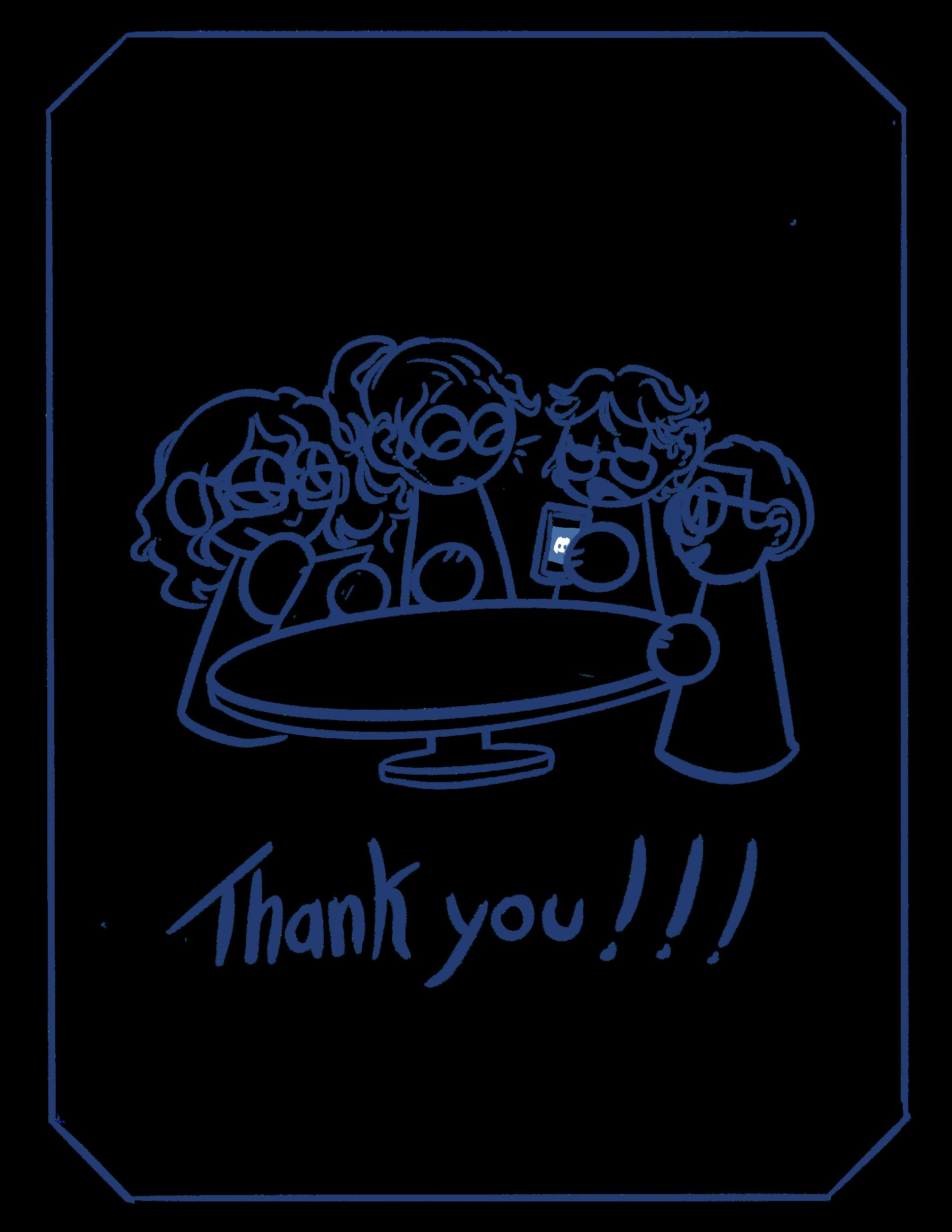FATE 2025 NEXT NOW Conference
Practicing Presence Workshop
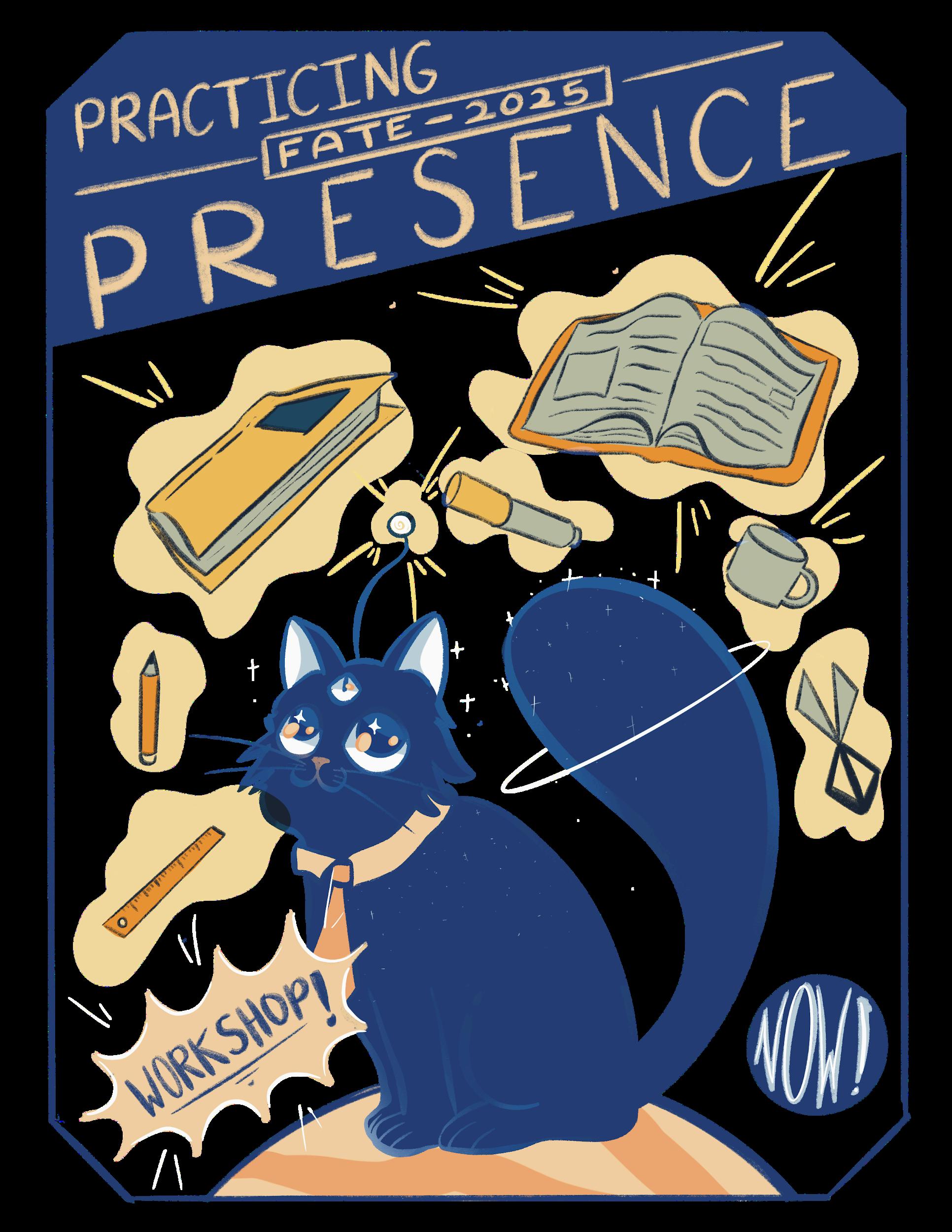
What challenges must we as contemporary art professors address?
Imagine you are talking to your most tone-deaf professor; what are your suggestions?
Part 1: What do you believe is the role of a foundational arts education? Part 2: What is it supposed to help you learn and do?
Question 13 . .
What is the relationship of hope and the classroom? Do you see them having a relationship?
Part 1: You attend school at a time in history when there is a lot of political unrest. How do you want to be supported during this time? Part 2: Do you see the classroom as a space where you want/expect that support? Part 3: What would/could that look like?
How do you feel about politics being talked about in the classroom?
Question 1: Who are we?
Student introductions
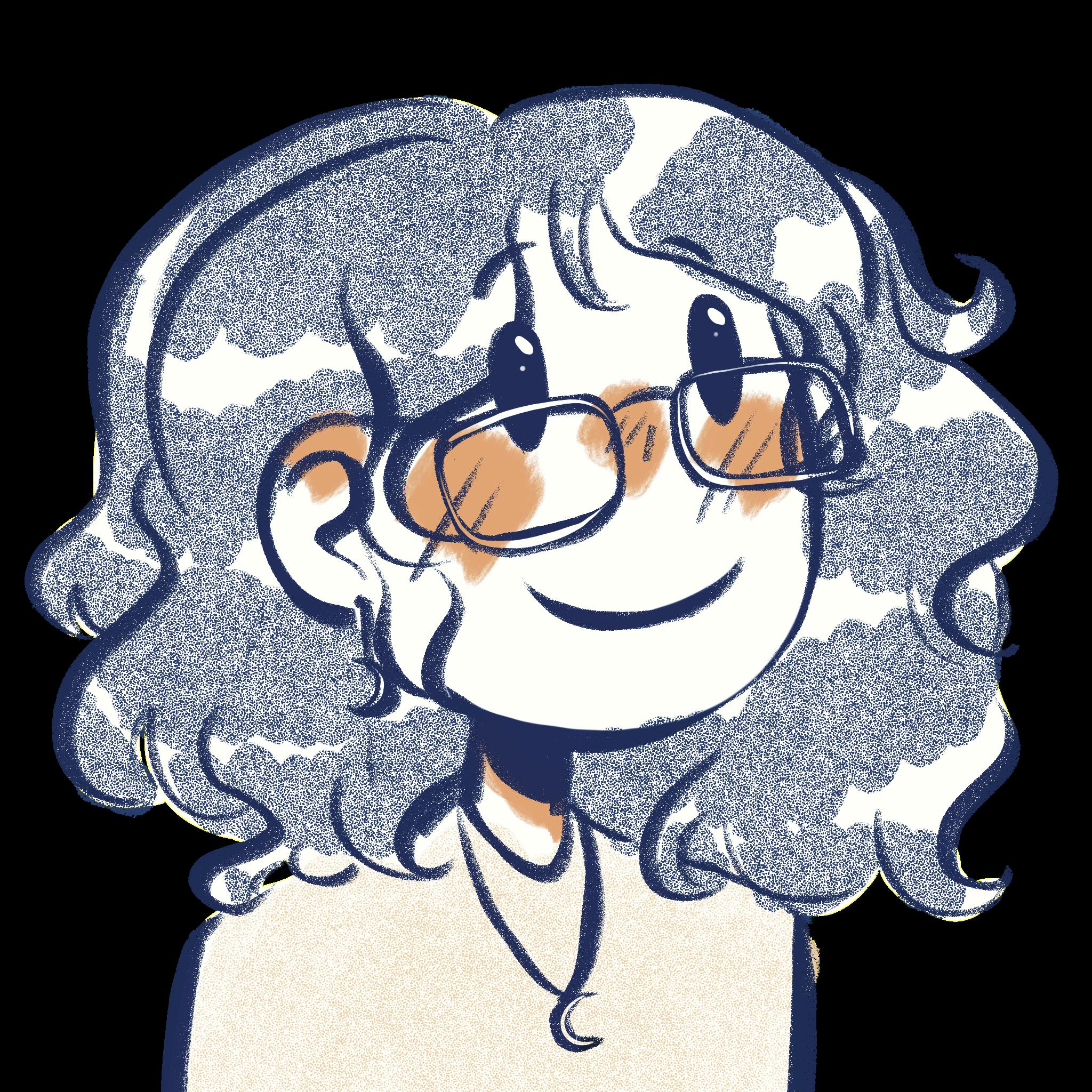
Name: Marian Claros Barrientos
Pronouns: She/her
Age: 18
Major: Studio Art, minoring in Graphic Design
Institution: George Mason University, School of Art
A little backstory on me: Hi! I’m Marian. I’m a studio art student at GMU, and I’m incredibly thankful for the opportunity to participate in this workshop and connect with such a creative community. For this project, I designed the graphics for the zine and illustrated portraits of each member! I’m excited to hear your thoughts and I hope you enjoy hearing from a student perspective, too.
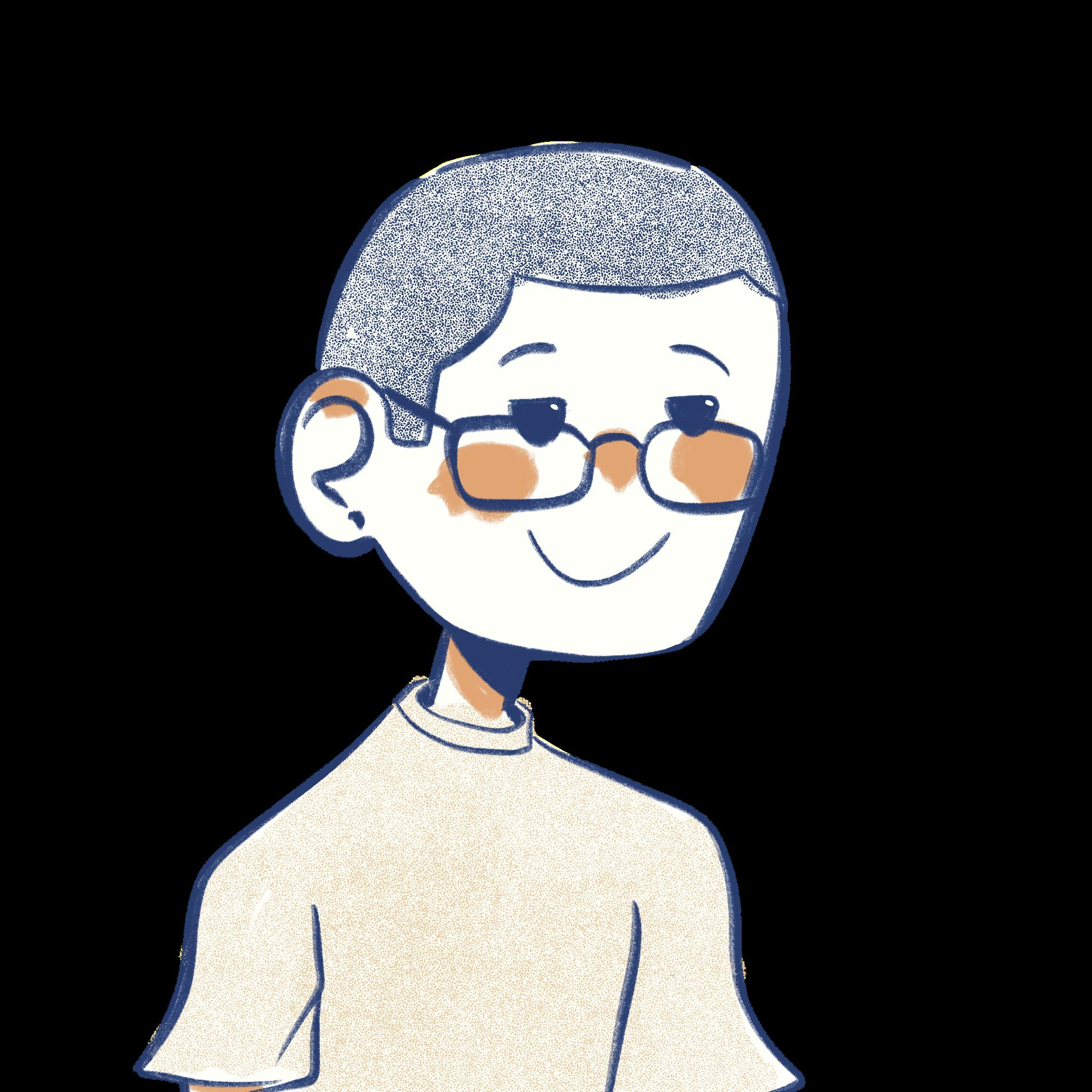
Name: Howard Eddie-Dufe
Pronouns: He/ Him
Age: 20
Major: Graphic Design
Institution: George Mason University, School of Art
A little backstory on me: Hello! I am a graphic design student, minoring in marketing at George Mason. I am grateful to have the privilege to meet all of you. I love visual art and illustration in addition to designing magazines, websites, and UX design. I created this website for you to better acquaint yourself with the workshop. Along with spearheading the Cards for Humanity game and some of the digital personality games in class last semester, I have archived them on the website for your reference. Please use our Discord group to share resources and allow us students to answer any of your questions. We greatly appreciate your willingness to participate in the workshop and your support in contributing to the Discord chat. Thank you.
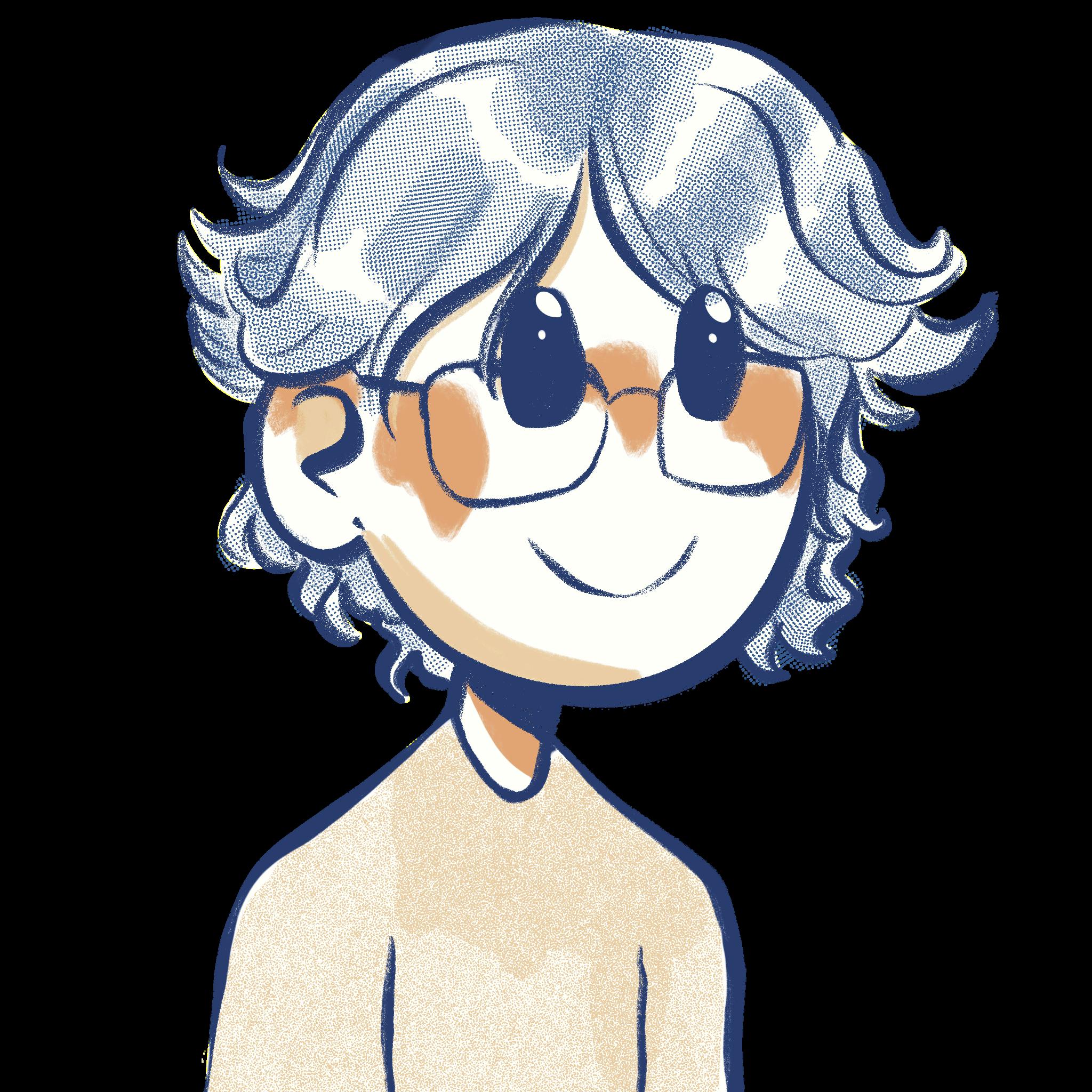
Name: Travis Williams
Pronouns: he/him
Age: 19
Major: Graphic Design
Institution: George Mason University, School of Art
A little backstory on me: Hello! I am a graphic design student at GMU, and I am thankful to be given the opportunity to be a part of this. I love listening to music, drumming, and I have recently begun to learn the guitar. I created the Discord chat that will be used after this workshop, in order to keep a community with those of us attending. This Discord chat will be used to share resources and allow students (us) to answer any questions, if you would appreciate a student perspective!
Faculty introduction
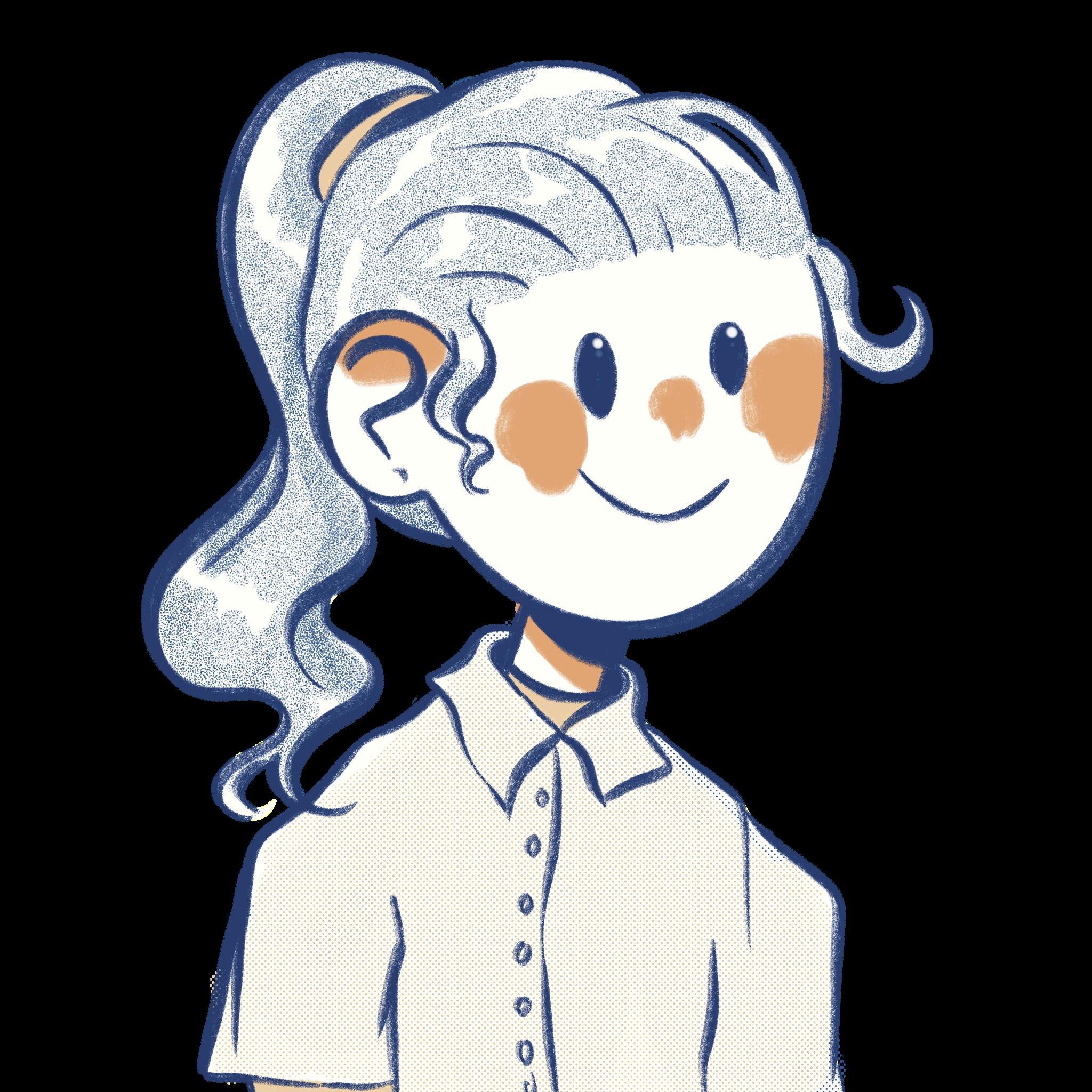
Name: Mallory Kimmel
Pronouns: She/They
Position: Faculty
Institution: George Mason University, School of Art
A little backstory on me: I am an art faculty member at George Mason University, where I teach predominantly sculpture courses. I became a professor to have a career as an artist and educator who acts as an advocate for my students in the learning process of becoming leading creative practitioners of their time. The focus of my teaching philosophy centers on educating students on how to use art and design to improve society.
Question 2: What was the Impetus for the Practicing Presence Workshop and this Zine?
Mallory: This zine and workshop document some iterations of creative pedagogy and student-resourcing I employ to design educational resources for the classroom. I see the workshop and zine as a conversation starter for educators and students to come together in partnership.
Students at this time need more support in facilitating relationships to form friendships, cultivate social belonging, and develop opportunities for collaboration. The title of the workshop, Practicing Presence, is a space to share and swap ideas, tools, and pedagogical practices that support student connections and strengthen their durational attention span to those people and challenges that need their attention in the here and now.
In the classroom, I lead with care and equity to develop a classroom culture that is equally welcoming as it is rigorous. Much like I ask my students to design conditions for a better world, I design the classroom and curricula to create the conditions for creative vulnerability. To expect rigorous work requires the infrastructure for students to learn how to care for themselves and feel the support of their professor and peers to take risks, fail forward, and expect better from themselves.
When teaching foundational classes such as Sophomore Core, a course geared toward teaching second-year students what artist research is and delineating their creative practices, I ground the visiting artist guest lecture series into the course material. When I learned the series theme was war for Fall 2024, I built supportive pedagogy for discussing the gravity of war amidst current events to uphold my value of not harming with the intention to educate.
To support my students, I developed responsive teaching practices, resulting in each student having a bin housing their Decision Coins, Get Unstuck Device Project, and Comfort Object in the classroom. I assigned a reading from the book, Feel Good Productivity by Ali Abdaal, where the excerpt describes how Nobel laureates (Richard Feynman, Donna Strickland, and Konstantin Novoselov) call their work play. The text details eight different play personality types named by Dr. Stuart Brown, a clinical professor and physiatrist at UC San Diego and founder of National Institute for Play. I had students build on this practice of framing work as being something joyful and experimental, like play, followed by having students identify their play personality type and design a game for their respective type. Following the first lecture, students reset and connected through playing their games together. These activities have now been archived on a shared website and repackaged into a series of art books featured in the FATE 2025 Conference. With the help of my previous students, Howard, Marian, and Travis, they have written and made all the illustrations for this zine, designed and launched a corresponding website, created a community Discord chat for workshop attendees to join and continue sharing classroom resources. The intention is to collect resources to establish a community in the classroom where students can be fully present in the classroom with their peers to develop in a supportive community. Howard, Marian and Travis will lead the workshop and reflect on their experiences as students within this class. They will also share their wants and needs to help us educators design effective tools to support students in acquiring a foundational arts education in a post-pandemic world. I wrote the questions for the zine that each student responded to in the following pages. I believe their responses will help us educators learn from our students.


Question 3: What do you want and need in a foundational arts education now in a post-pandemic world?
Howard: I want Foundation Arts to embrace both digital and traditional mediums while fostering community engagement. As a graphic design concentration, my education should reflect the evolving landscape of design, integrating emerging tech such as AI assisted design, integrating emerging tech such as AI assisted design, UX/UI principles and motion graphics alongside composition, typography, and color theory.
Marian: Using: I think it’s important that foundational arts education embraces tools like AI as part of the creative process, especially in a post-pandemic world where digital tools are more integrated than ever. I’d love to see AI introduced in the classroom as a professional tool rather than something that’s automatically labeled as cheating. We’re the next generation of artists and designers, and the expectations and tools we’ll be working with are already changing. Learning how to use AI responsibly and ethically can help us see it as a creative partner, not a shortcut. When used well, AI can open up new ways to explore ideas, experiment, and collaborate in meaningful ways.
Travis: Creating a sense of community and a sense of friendship in the classroom is imperative to help support learning and engagement.
Question 4: What have your professors done in a course that you liked? What made this pedagogical practice so generative?
Travis: Generally, when professors neatly and clearly lay out expectations, requirements, and deliverables for each assignment. Having more simple projects at the beginning of the semester to understand the professor’s grading style/expectations is more helpful.
Marian: One thing I’ve appreciated in my classes is when professors give a clear reminder or recap of what we did in the previous session—kind of like those little “last time on… ” segments on Netflix. Since many of my classes only meet once a week, it’s super helpful to get a quick refresher and see how it connects to what we’re doing today. My English professor this semester does something I love he posts a document that reminds us what the homework is, where to upload it, and where to find any resources we might need. It makes everything so much easier to keep track of and helps me stay focused and organized. That kind of structure is supportive, especially in creative classes where projects can get overwhelming.
Howard: Professor Mallory Kimmel helped me further emphasize real world application through projects such as the “Get Unstuck Device” Wheel of Options and the Cards For Humanity assignments. Thanks to her, I learned a bunch about printing and formatting. Clear expectations and freedom to make the project I wanted.
Question 5: How can professors create the ideal conditions to foster community in the classroom?
Marian: One of the best ways professors can help build community is by starting with icebreaker activities at the beginning of the semester especially if they expect students to do group work later on. Sometimes, it can feel awkward to get “little adults” to do things together, but those early moments of interaction matter. When students get to know each other, they start seeing each other as colleagues and collaborators, not just classmates. And when a real community forms inside the classroom, it often extends outside of it, too. Teaching us how to communicate with students we don’t know is helping us develop important professional skills for the future.
Howard: I cannot stress enough open dialogues and peer-to-peer feedback.
Travis: Starting off strong with icebreakers, and the earlier the better. I liked that we were able to create something we were proud of in Professor Kimmel’s class (like the games) and share it with others and witness what others made and were proud of and share that together.
Question 6: What do you need less of?
Howard: Art History and Aesthetics classes often lack detail and discussion, with a narrow-minded grading rubric. This lackluster approach in art and design requires individual discussion and brainstorming, rather than justifying opinions with a rubric. Instead, focus on discussing the material’s value and relevance to art and design, rather than traditional grading methods. It’s more effective to engage in an icebreaker discussion about the reading material than the alternative to better understand the subject matter. They are asking us to write and read, and brainstorm what we liked and didn't like about it, and while also . They ask for your opinion but don't want to honor it by way of justifying that opinion with the rubric. You need less of that, and more of what? Icebreaker, get away from the rubric, talk about the reading and the material. We need to discuss the value and importance of what we are discussing and why/how it is applicable to art and design, more than being beholden to traditional forms of grading and assessing merit.
Marian: In the first two years of college, I think it makes sense to have stricter grading and more structure; you’re learning the basics and how to meet expectations. But in the last two years, I think students need more freedom to explore their own style and develop their personal art and design practice. Early on, you’re focused on learning how to satisfy your professor. But later, the goal should shift toward learning how to satisfy yourself as an artist—and eventually, your clients. What I’d like to see less of in the later years is that strict “teacher-pleasing” mindset. At that stage, we should be encouraged to take creative risks, trust our instincts, and prepare for real-world collaboration.
Travis: I understand that professors teach a class that has a specific focus (e.g. publication design), however, what often happens is we are given nearly the same project over and over again in the course. We need less of redundant projects to stay interested and keep learning.
Question 7: What do you need more of?
Travis: Something I can put in my portfolio. So it should be design-specific. Brochures, advertisements and things we would actually be asked to design in a real-world/ job environment, logo design
Howard: What I desperately need more of is the further creation of a safe, stress free and inclusive environment. Professors need to better engage with students throughout their lessons/ lectures and encourage discussions that value diverse perspectives. Simply breaking the ice in a casual manner is better than lecturing students on topics that they didn’t do well to explain their importance.
Marian: What I need more of is a professional perspective and less of a purely academic one.
For example, in my Principles of Design class, my professor gave us a great template for what you need in a logo and other components for graphic design work that would go into a professional portfolio. It was super practical and felt directly connected to the real world.
More classes like that, focused on how we present ourselves as artists and designers and how to prepare for actual clients or jobs, would support students as we get closer to entering the field.

